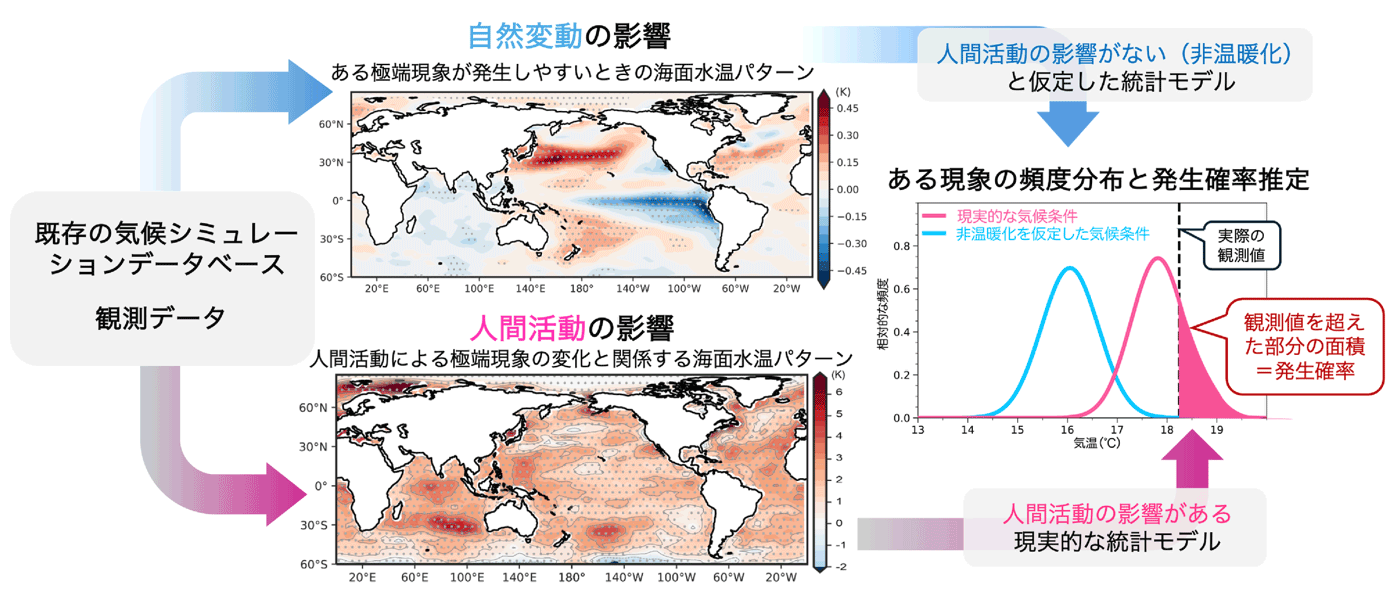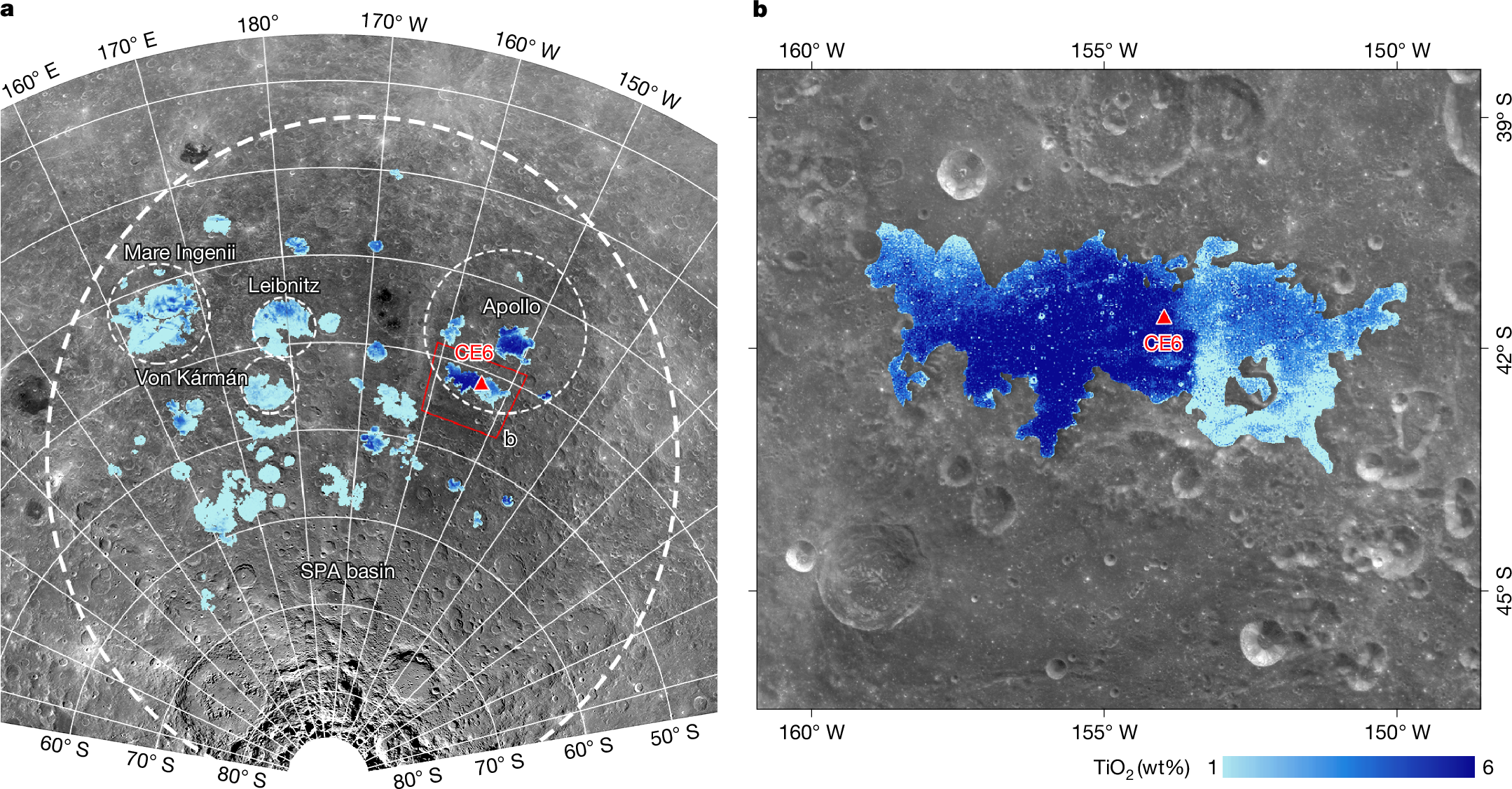2025-07-10 北海道大学

H-ZSM-5ゼオライト触媒を用いたハイドロカルダノールのトランスアルキル化反応によるバイオフェノールの合成
<関連情報>
- https://www.hokudai.ac.jp/news/2025/07/post-1969.html
- https://www.hokudai.ac.jp/news/pdf/250710_pr.pdf
- https://chemistry-europe.onlinelibrary.wiley.com/doi/10.1002/cssc.202500401
H-ZSM-5ゼオライト触媒を用いたカシューナッツ殻由来のハイドロカルダノールのトランスアルキル化反応によるバイオフェノール合成 Bio-Based Phenol from Cashew Nutshells by Catalytic Hydrocardanol Trans-Alkylation Using H-ZSM-5 Zeolite
Jan J. Wiesfeld, Keisuke Iriba, Satoshi Suganuma, Emiel J. M. Hensen, Ryota Osuga, Kiyotaka Nakajima
ChemSusChem Published: 18 June 2025
DOI:https://doi.org/10.1002/cssc.202500401
Abstract
Cardanol, an unsaturated long-chain alkylphenol derived from agricultural waste, has potential as a sustainable substrate for bio-based phenol production. Herein, the potential of hydrocardanol, readily obtained through cardanol hydrogenation, is demonstrated as a viable feedstock for phenol production via trans-alkylation using toluene as the alkyl acceptor. H-ZSM-5 (SiO2/Al2O3 molar ratio = 80) exhibits a 53.7% phenol yield with a high phenolics balance (86.7%) from a 10 wt% hydrocardanol solution at full conversion in a batch reactor. In contrast, cardanol gives only 27.1% phenol under the same reaction conditions. This improved yield with hydrocardanol is attributed to suppressed formation of bi- and/or polycyclic phenols via self-alkylation, due to the higher thermal stability of the saturated side chain. Realkylation of the desired phenol product largely limits the phenol yield. The model reaction experiments with phenol and 1-pentadecene show that the reaction proceeds via hydrocardanol dealkylation on the zeolite, followed by rapid isomerization, cracking and oligomerization reactions of the resulting long-chain olefin, and realkylation of toluene and phenol. This indicates that phenol alkylation could be suppressed by reducing the hydrocardanol-to-toluene ratio. This approach is validated in a fixed-bed flow reactor, achieving a high phenol yield (>95%) with a high carbon balance (>99%).



